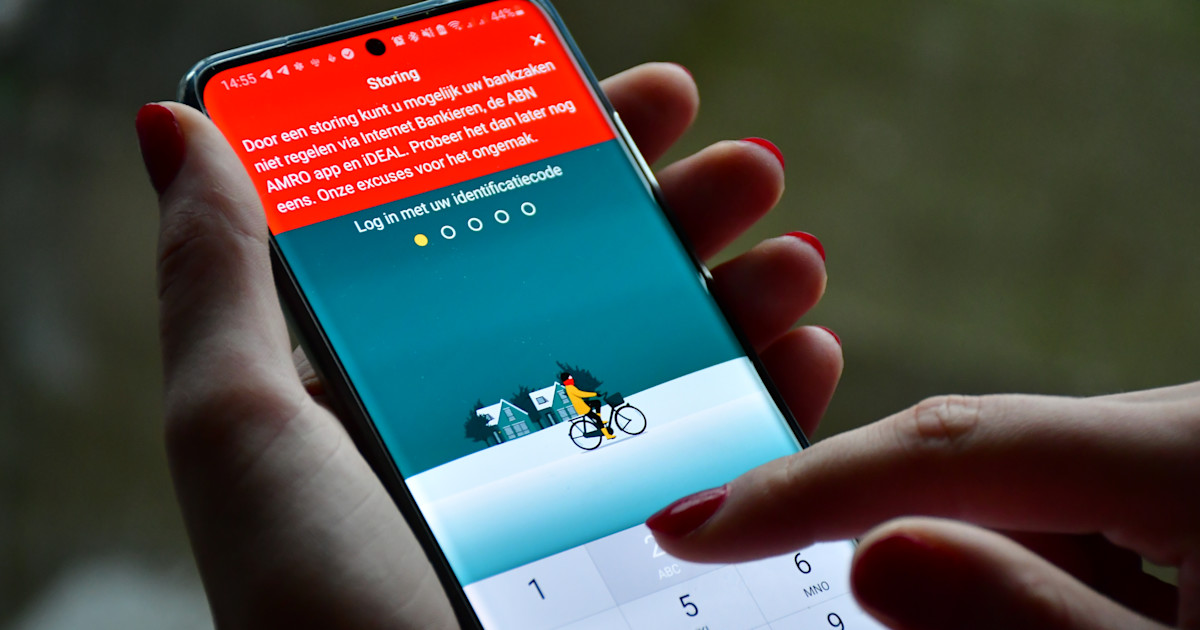Screen-Free Week With Kids: A Practical Guide

Table of Contents
Planning Your Screen-Free Week
Successfully undertaking Screen-Free Week with kids requires careful planning. It’s not about perfection; it's about progress.
Setting Realistic Goals and Expectations
Setting achievable goals is key to a successful Screen-Free Week. Avoid aiming for a complete screen ban if your family isn't ready. Start small and build momentum.
- Realistic Goals:
- Reduce screen time by 50% for the week.
- Focus on one completely screen-free day initially.
- Establish specific screen-free times (e.g., after dinner, before bed).
- Managing Expectations:
- Involve kids in the planning process; let them choose some screen-free activities.
- Acknowledge that challenges are normal; be prepared to adjust your plan.
- Communicate clearly with your children about what Screen-Free Week entails.
Preparing Your Family
Preparation is crucial for a smooth Screen-Free Week. Explain the reasons behind the digital detox to your children in age-appropriate terms, highlighting the benefits of real-world interactions and creative play.
- Explaining the Benefits:
- For younger children: Emphasize the fun of playing together and exploring new activities.
- For older children: Discuss the importance of reducing screen time for better sleep, improved focus, and stronger family bonds.
- Managing Withdrawal:
- Expect some initial irritability or restlessness; reassure children that these feelings are temporary.
- Have a plan for managing screen time cravings (e.g., engaging alternative activities immediately).
- Family Involvement:
- Hold a family meeting to discuss Screen-Free Week and brainstorm alternative activities.
- Make it a family effort, with everyone contributing ideas and participating.
Alternative Activities for Screen-Free Time
Screen-Free Week offers an opportunity to rediscover engaging activities that promote learning, creativity, and family bonding.
Engaging Indoor Activities
Rainy days? No problem! There are tons of indoor activities to keep kids occupied and entertained.
- Creative and Educational:
- Board games (Monopoly, Scrabble, Clue)
- Puzzles (jigsaw, brain teasers)
- Arts and crafts (drawing, painting, sculpting)
- Building forts with blankets and pillows
- Fun and Engaging:
- Baking or cooking together
- Reading aloud or individually
- Telling stories and playing make-believe
Fun Outdoor Adventures
Embrace the outdoors! Fresh air and sunshine are great for everyone's well-being.
- Active Fun:
- Bike rides
- Nature walks and hikes
- Trips to the park or playground
- Playing sports or outdoor games
- Tips for Safety and Preparedness:
- Always supervise children during outdoor activities.
- Apply sunscreen and wear hats for sun protection.
- Bring plenty of water to stay hydrated.
Family Bonding Activities
Screen-Free Week is a perfect opportunity to strengthen family connections.
- Quality Time Together:
- Family game night
- Screen-free movie night (watch a movie you already own!)
- Family dinners with engaging conversations
- Reading aloud together
- Creating a Positive Environment:
- Focus on positive interactions and communication.
- Show appreciation and support for each family member.
- Encourage collaboration and teamwork during activities.
Managing Challenges During Screen-Free Week
Even with the best planning, some challenges might arise.
Dealing with Boredom and Whining
Boredom and whining are common reactions to reduced screen time. Be prepared with a range of activities and strategies.
- Redirecting Attention:
- Suggest alternative activities; have a "boredom buster" list ready.
- Offer choices to empower children and increase their engagement.
- Negotiating Compromises:
- Listen to children's concerns and validate their feelings.
- Negotiate small amounts of screen time if absolutely necessary, but reinforce the overall goal.
Handling Family Conflicts
Disagreements may surface during Screen-Free Week. Effective communication is essential.
- Conflict Resolution:
- Encourage children to express their feelings constructively.
- Use active listening and empathy to address concerns.
- Find compromises that work for everyone.
- Supportive Atmosphere:
- Focus on teamwork and mutual respect.
- Celebrate successes and acknowledge challenges.
Making Screen-Free Week a Success
Screen-Free Week with kids isn't just about reducing screen time; it's about fostering stronger family bonds, encouraging creativity, and promoting a healthier lifestyle. Successful implementation relies on careful planning, realistic goals, and the willingness to adapt. Remember to involve your children in the process and celebrate your achievements throughout the week. By embracing the challenges and focusing on the positive aspects, you'll create lasting memories and build stronger family connections. Ready to embark on a Screen-Free Week with your kids? Start planning your family's digital detox today! Share your tips and experiences using #ScreenFreeWeekWithKids. Find more resources and connect with other families on our [link to relevant resource/social media page].

Featured Posts
-
 Is The Goldbergs Ending Soon A Look At The Future Of The Show
May 22, 2025
Is The Goldbergs Ending Soon A Look At The Future Of The Show
May 22, 2025 -
 Wtt Press Conference Unveils Innovative Competitive Concept
May 22, 2025
Wtt Press Conference Unveils Innovative Competitive Concept
May 22, 2025 -
 Peppa Pig Fans Stunned 21 Year Old Mystery Solved
May 22, 2025
Peppa Pig Fans Stunned 21 Year Old Mystery Solved
May 22, 2025 -
 Arunas Unexpected Loss At Wtt Chennai
May 22, 2025
Arunas Unexpected Loss At Wtt Chennai
May 22, 2025 -
 El Superalimento Que Supera Al Arandano Prevencion De Enfermedades Cronicas Y Envejecimiento Saludable
May 22, 2025
El Superalimento Que Supera Al Arandano Prevencion De Enfermedades Cronicas Y Envejecimiento Saludable
May 22, 2025
Latest Posts
-
 Problemen Met Online Betalingen Voor Abn Amro Opslagruimte
May 22, 2025
Problemen Met Online Betalingen Voor Abn Amro Opslagruimte
May 22, 2025 -
 Abn Amro Huizenmarktverwachting 2024 Stijgende Prijzen Ondanks Risicos
May 22, 2025
Abn Amro Huizenmarktverwachting 2024 Stijgende Prijzen Ondanks Risicos
May 22, 2025 -
 Optimalisatie Van Uw Verkoopprogramma Voor Abn Amro Kamerbrief Certificaten
May 22, 2025
Optimalisatie Van Uw Verkoopprogramma Voor Abn Amro Kamerbrief Certificaten
May 22, 2025 -
 Rentedaling En Stijgende Huizenprijzen Abn Amro Analyse
May 22, 2025
Rentedaling En Stijgende Huizenprijzen Abn Amro Analyse
May 22, 2025 -
 Storing Bij Abn Amro Online Betalen Onmogelijk Oplossingen And Alternatieven
May 22, 2025
Storing Bij Abn Amro Online Betalen Onmogelijk Oplossingen And Alternatieven
May 22, 2025
